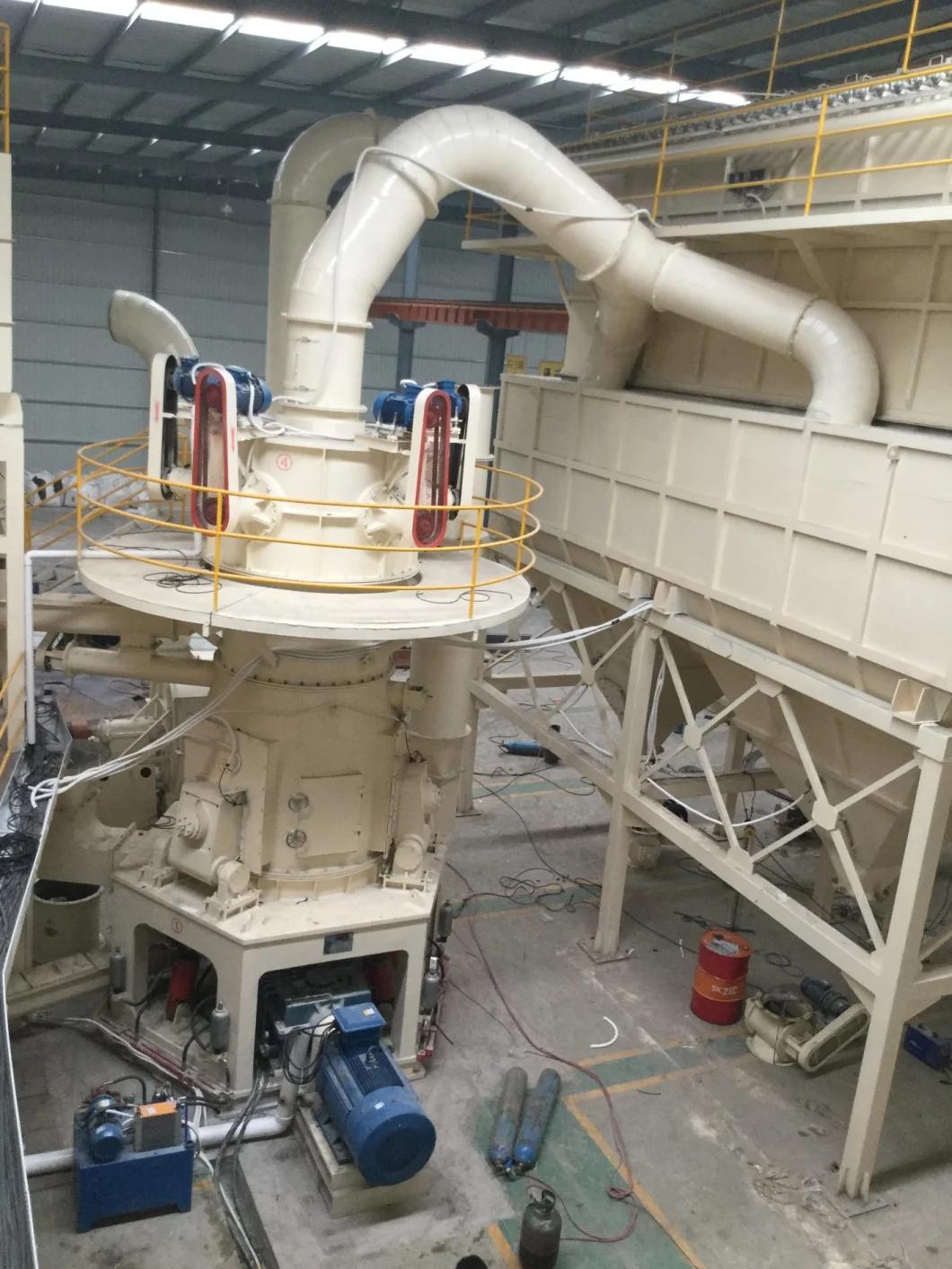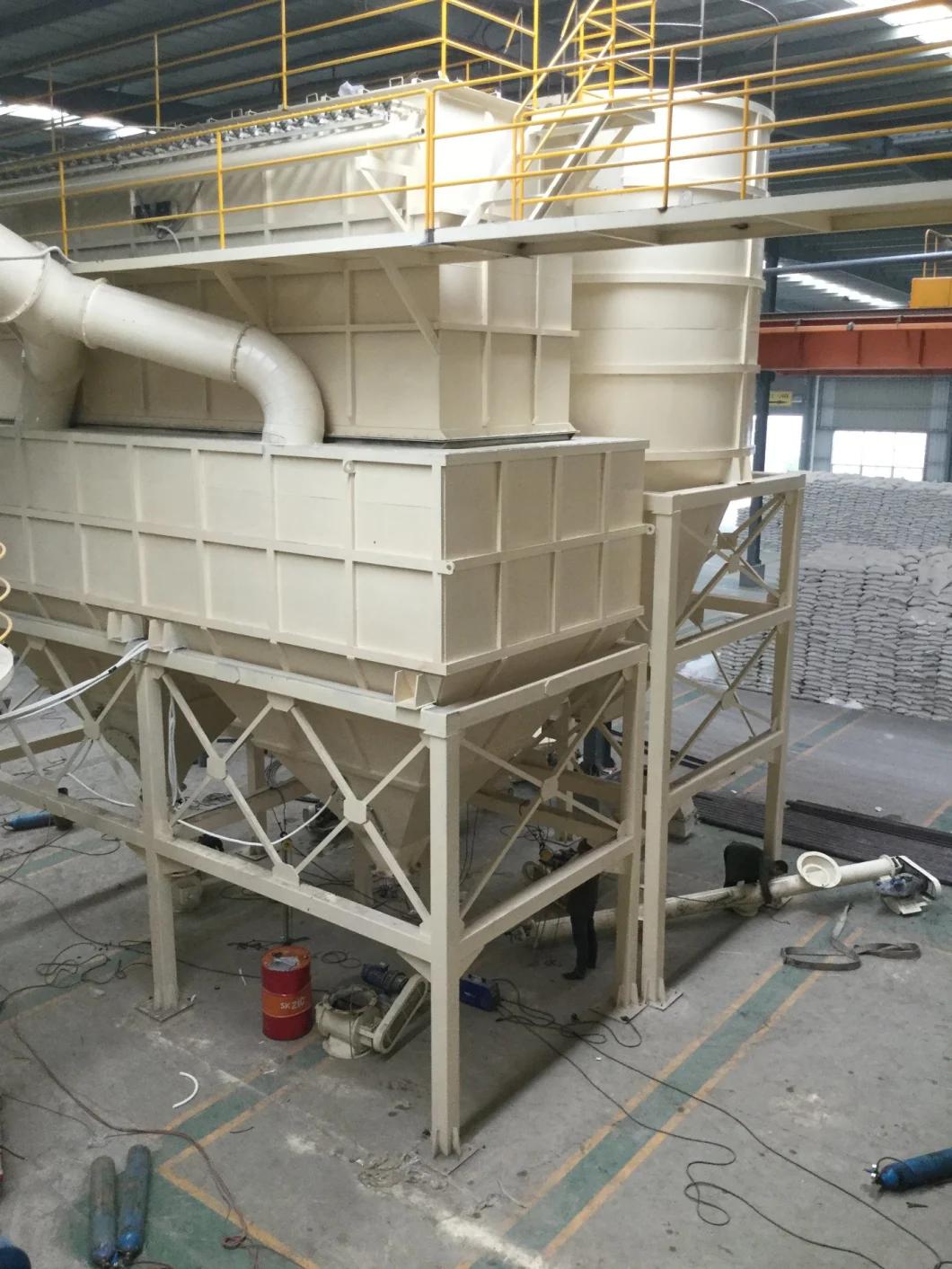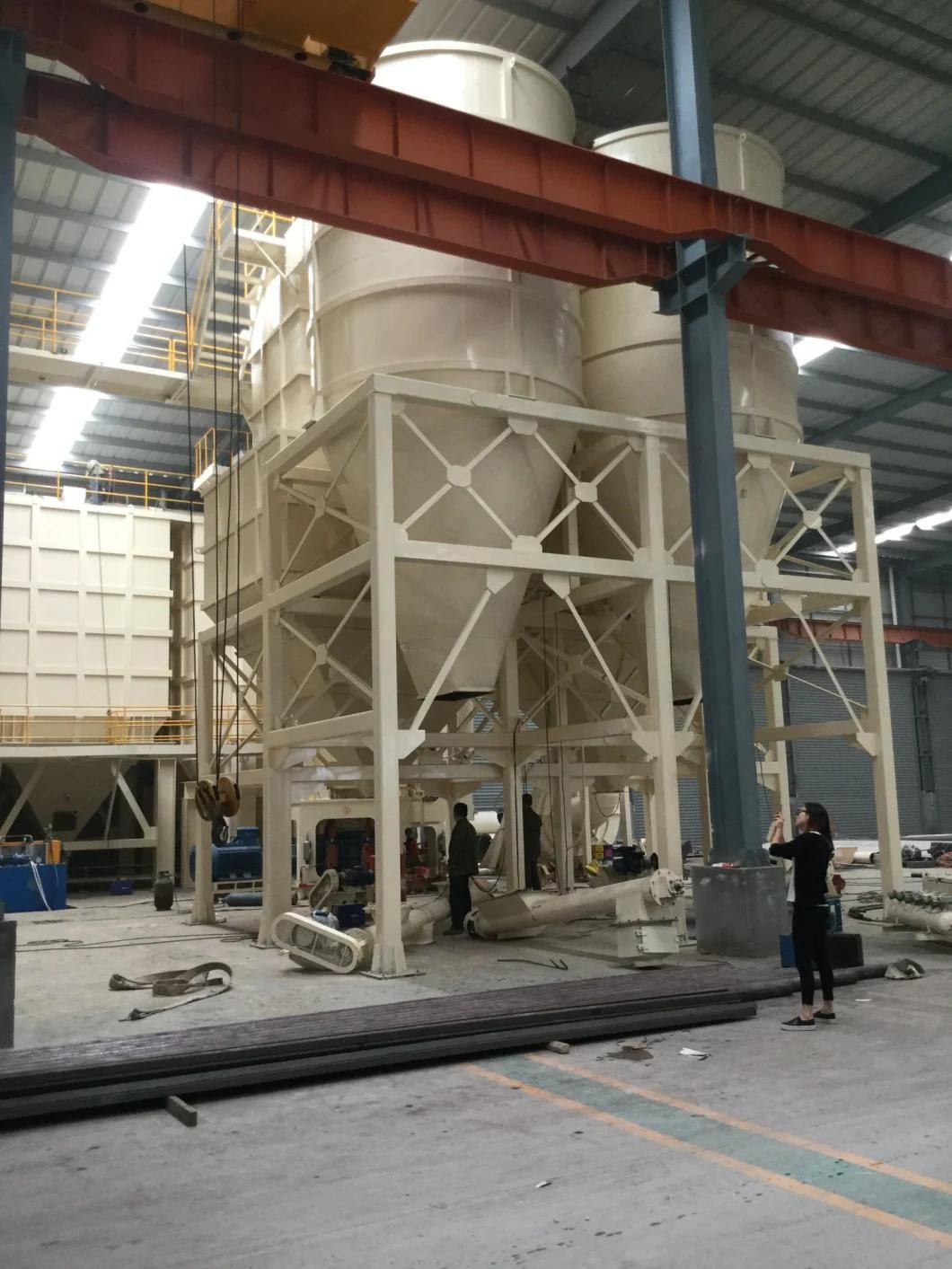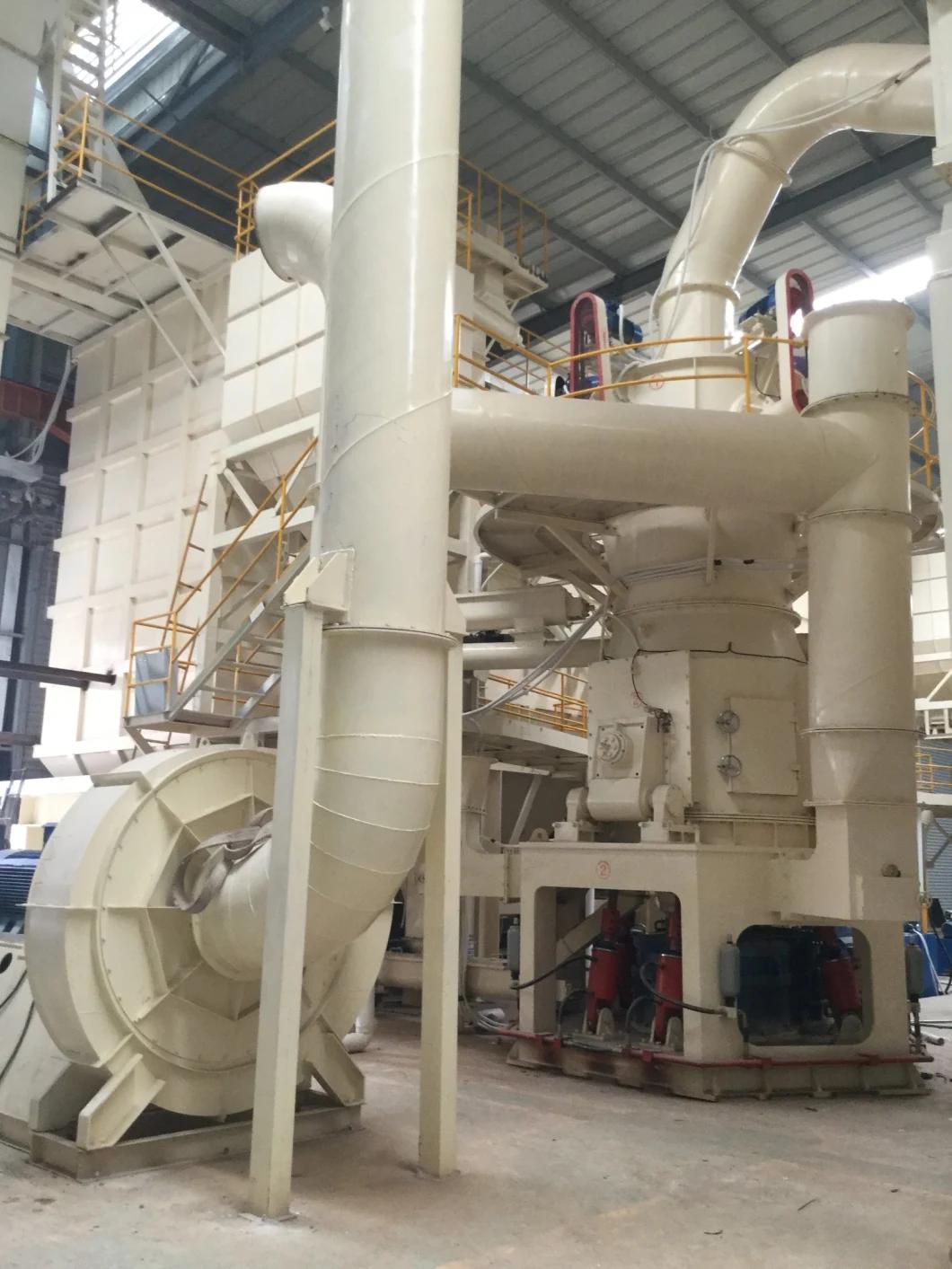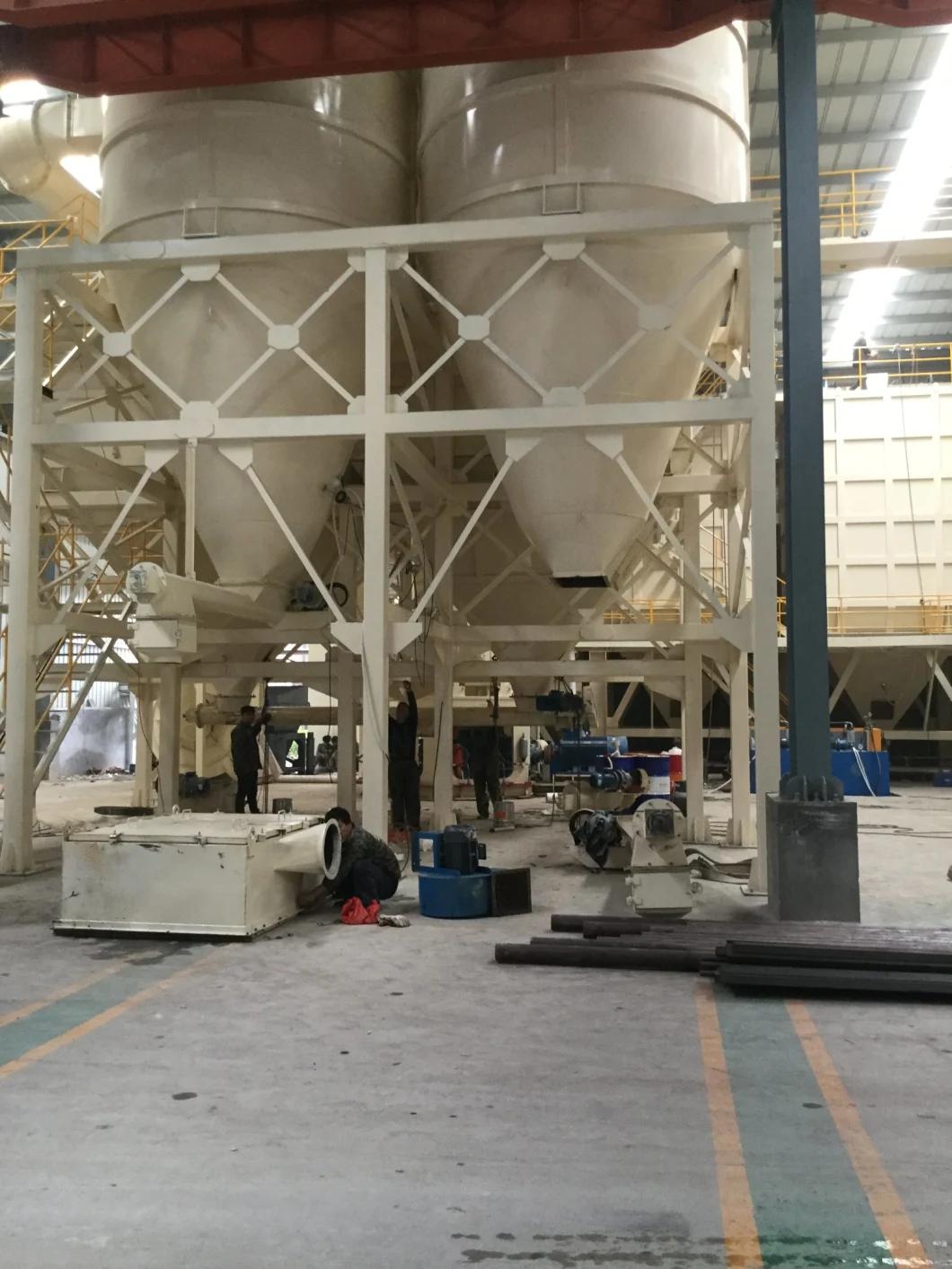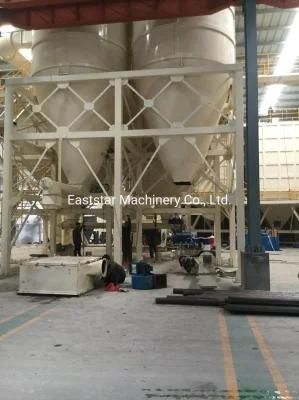- Model NO.:JL1100
- Condition:New
- Warranty:1 Year
- After-sales Service:1 Year
- Transport Package:Container
- Specification:785*140
- Trademark:Eaststar
- Origin:Shenyang, China
- HS Code:84742020
- Production Capacity:2000-12000 Kg, Hour
| Function | output
(Kg/h) | Crushing fineness
(d97/um) | mess size of feed(mm) | Power
(KW) |
| Model |
| JL900 | 1000-6000 | 2-40 | 0-20 | 320 |
| JL1100 | 2000-12000 | 2-40 | 0-20 | 630 |
| JL1150 | 5000-16000 | 2-40 | 0-20 | 850 |
Output and physical chemical chart:
model: JL-900:
| Test item | | Heavy super-fine CaCO3 |
| Output/hour | ton | 5.0~6.0 | 4.5~5.0 | 3.5 ~4.0 | 3.0 ~3.2 | 2.0~2.2 | 1.3 ~1.5 |
| Specific surface area | cm2/g | 8500±500 | 11000±500 | 14000±500 | 16000±500 | 18000±1000 | 20000±1000 |
| Residue of 325 Mesh | % | 0.02 | 0.015 | 0.01 | 0.01 | 0.002 | 0 |
| Smaller than 2μm content | % | 23 | 32 | 40 | 46 | 53 | 60 |
| Average particle size: d50 | μm | 8.1 | 5.2 | 3.0 | 2.4 | 1.8 | 1.3 |
| Market common name | mesh | 400 | 600 | 800 | 1000 | 1500 | 2000 |
| Particle size distribution:d97 | μm | 35 | 23 | 20 | 15 | 10 | 8.5 |
| Largest particle size | μm | 58 | 48 | 38 | 31 | 23 | 18 |
| Close apparent specific gravity | g/cm3 | 1.25 | 1.18 | 1.06 | 0.90 | 0.85 | 0.74 |
| Loose apparent specific gravity | g/cm3 | 0.53 | 0.45 | 0.38 | 0.34 | 0.32 | 0.28 |
| Moisture | % | Under 0.4 | Under 0.4 | Under 0.4 | Under 0.4 | Under 0.4 | Under 0.4 |
| Sediment volume | 1 hour later (C.C) |
18 | 23 | 26 | 32 | 42 | 50 |
| Energy consumption (mill,blower,classifier) | kw/ton |
49 | 52 | 61 | 70 | 98 | 112 |
Test item | | Heavy super-fine CaCO3 |
| Output/hour | ton | 10.0~10.5 | 9.0~9.5 | 8.0 ~9.0 | 6.0 ~6.5 | 4.0~4.5 | 3.0 ~3.5 |
| Specific surface area | cm2/g | 8500±500 | 11000±500 | 14000±500 | 16000±500 | 18000±1000 | 20000±1000 |
| 325 Mesh residues | % | 0.02 | 0.015 | 0.015 | 0.01 | 0.002 | 0 |
| Smaller than 2μm content | % | 23 | 32 | 40 | 46 | 53 | 60 |
| Average particle size: d50 | μm | 8.1 | 5.2 | 3.0 | 2.4 | 1.8 | 1.3 |
| Market common name | mesh | 400 | 600 | 800 | 1000 | 1500 | 2000 |
| Particle size distribution:d97 | μm | 35 | 23 | 20 | 15 | 10 | 8.5 |
| Largest particle size | μm | 58 | 48 | 38 | 31 | 23 | 18 |
| Close apparent specific gravity | g/cm3 | 1.25 | 1.18 | 1.06 | 0.90 | 0.85 | 0.74 |
| Loose apparent specific gravity | g/cm3 | 0.53 | 0.45 | 0.38 | 0.34 | 0.32 | 0.28 |
| Moisture | % | Under 0.4 | Under 0.4 | Under 0.4 | Under 0.4 | Under
0.4 | Under
0.4 |
| Sediment volume | 1 hour later (C.C) | 18 | 23 | 26 | 32 | 42 | 50 |
| Energy consumption (mill,blower,classifier) | kw/ton | 45 | 48 | 55 | 63 | 89 | 101 |
| Test item | Heavy superfine calcium carbonate |
| Output/hour | ton | 9.5-10.5 | 8.5-9.5 | 7.0-8.0 | 6.5-7.5 | 4.5-5.5 | 3-3.5 |
| Specific surface area | cm2/g | 9000+500 | 11000+500 | 14000+500 | 15000+500 | 16500+500 | 19000+500 |
| 325 Meshresidues | % | 0.015 | 0.015 | 0.015 | 0.01 | 0.001 | 0 |
| smaller than 2μm content | % | 28 | 30 | 38 | 41 | 49 | 59 |
| Average particle size: d50 | um | 6.6 | 4.5 | 3.5 | 2.8 | 2.0 | 1.5 |
| Market common name | mesh | 500 | 600 | 800 | 1000 | 1500 | 2000 |
| Particle size distribution:d97 | um | 30 | 28 | 25 | 20 | 16 | 10 |
| Largest particle size | um | 100 | 80 | 44 | 36 | 28 | 18 |
| Moisture | % | Below0.32 | Below0.32 | Below0.32 | Below0.32 | Below0.32 | Below0.32 |
| Energy consumption | KW/ton | 39 | 41 | 51 | 56 | 74 | 136 |
| Test method | 1. Particle size distribution: test by UK Malvern Company Micro analyzer
2.Specific surface area: average particle size transform, unit 1g powder relative area
3. Average particle size: particle size distribution calculate particle median
4. 325mesh residue: put 100g into 325mesh screen mesh filtering, calculate percentage.
5. Apparent specific gravity: put 50g sample into 100cc measuring cylinder with scale, fall down 100 times at 5cm height get the test result.
6. Moisture: put 5g sample into moisture analyzer, under 150 degree Celsius after 6 minute, then test it.
7. Setting volume: put 15g sample to 100cc cylinder, input water to 100cc, then sharply shaking, be motionless for an hour, then test it (20 degree Celsius)
8. Raw material of grinding: limestone, calcite, dolomite, talc, barium sulfate, wollastonite, brucite, calcium hydroxide, gypsum, clinker, phosphates etc. chemical material and minerals.
|
